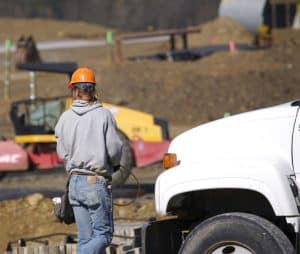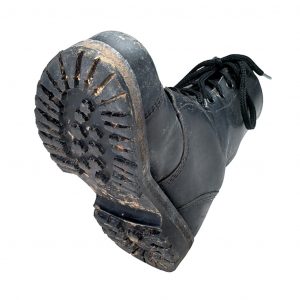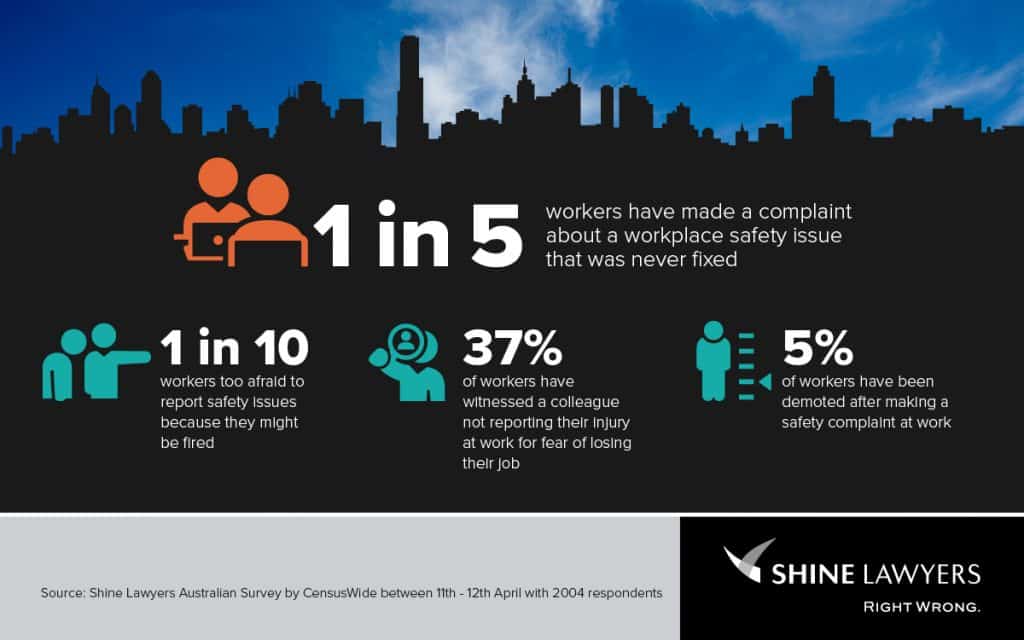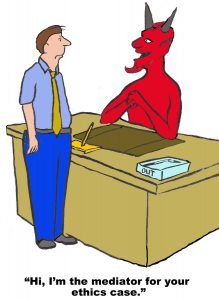 In 2015, the Australian Building and Construction Commission (ABCC) took legal action against the Construction Forestry Mining and Energy Union (CFMEU) and one of that union’s organisers, Pomare Auimatagi, over the organiser’s actions seemed to breach one of John Holland’s personal protective equipment (PPE) policies. The CFMEU and Auimatagi were found guilty of breaching the Fair Work Act and fined over A$58,000 by the Federal Circuit Court on 9 March 2018. The case raises a couple of occupational health and safety management issues.
In 2015, the Australian Building and Construction Commission (ABCC) took legal action against the Construction Forestry Mining and Energy Union (CFMEU) and one of that union’s organisers, Pomare Auimatagi, over the organiser’s actions seemed to breach one of John Holland’s personal protective equipment (PPE) policies. The CFMEU and Auimatagi were found guilty of breaching the Fair Work Act and fined over A$58,000 by the Federal Circuit Court on 9 March 2018. The case raises a couple of occupational health and safety management issues.
According to

 Today the Medical Journal of Australia released a
Today the Medical Journal of Australia released a  The primary occupational health and safety (OHS) duty rests with employers or, as they are known in most Australian jurisdictions, Persons Conducting a Business or Undertaking (PCBU). Laws are based on an assumption that employers are aware of this duty and that this duty, to provide a safe and healthy work environment without risks to health, reflects the employer’s social position and social responsibility or the company’s “
The primary occupational health and safety (OHS) duty rests with employers or, as they are known in most Australian jurisdictions, Persons Conducting a Business or Undertaking (PCBU). Laws are based on an assumption that employers are aware of this duty and that this duty, to provide a safe and healthy work environment without risks to health, reflects the employer’s social position and social responsibility or the company’s “ Excessive workplace stress in the medical profession is well documented but stress is often seen as a minor workplace hazard that is fairly easily dealt with by holidays, for instance, or is dismissed as an “occupational hazard” or part of the entry to the profession or just part of the culture, with the implication that nothing can change. Only recently have
Excessive workplace stress in the medical profession is well documented but stress is often seen as a minor workplace hazard that is fairly easily dealt with by holidays, for instance, or is dismissed as an “occupational hazard” or part of the entry to the profession or just part of the culture, with the implication that nothing can change. Only recently have 
 Australia’s occupational health and safety (OHS) profession was late to the process of certifying its members. The
Australia’s occupational health and safety (OHS) profession was late to the process of certifying its members. The 